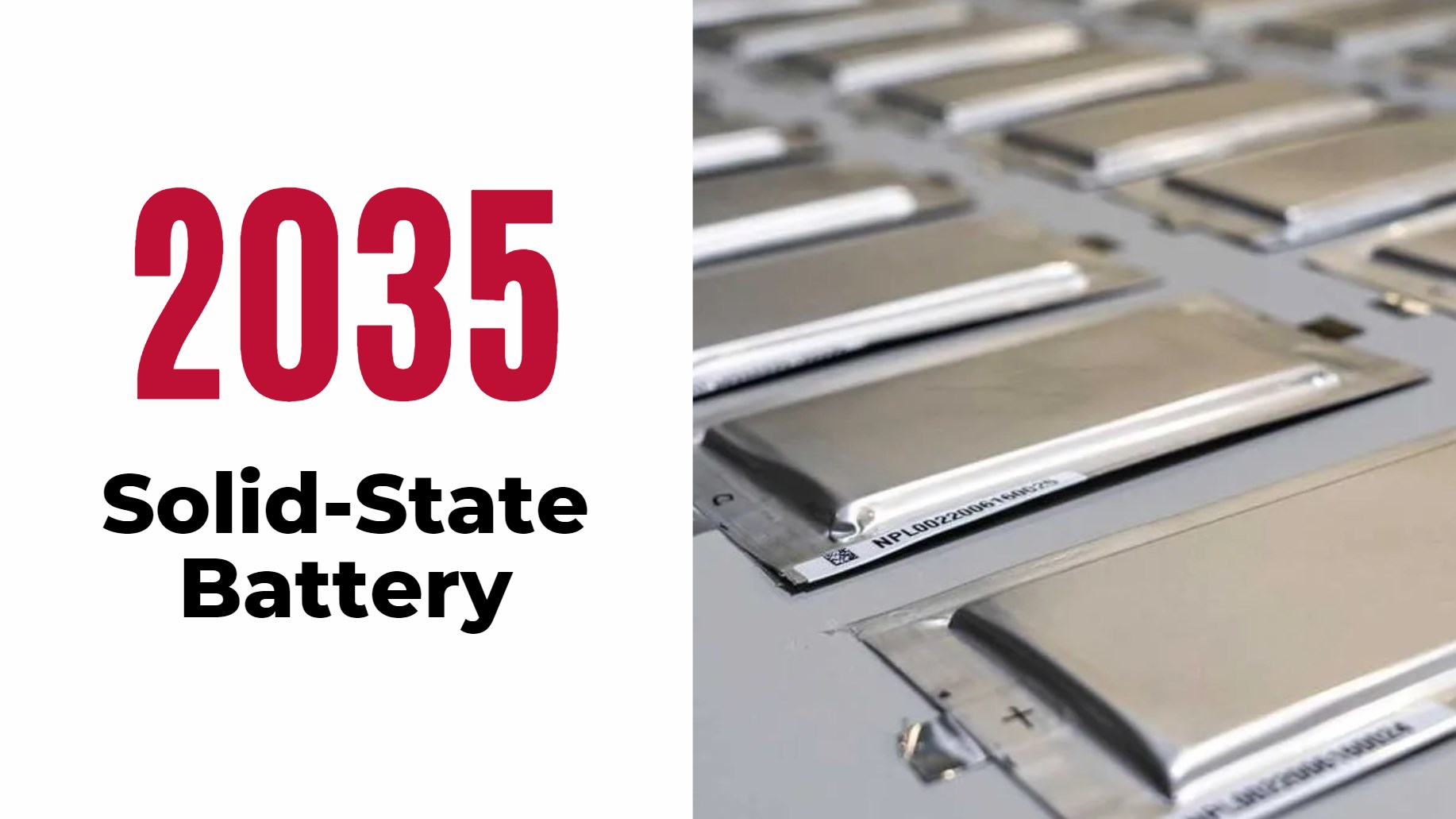Solid-state battery technology represents a promising advancement in energy storage, poised to transform various industries, especially electric vehicles (EVs). By 2035, solid-state batteries are expected to see substantial progress, though lithium-ion batteries will likely continue to dominate the market. This article outlines key predictions for solid-state battery technology over the next decade.
By 2035, solid-state batteries are expected to achieve energy densities over 400 Wh/kg, revolutionizing electric vehicles with increased range and faster charging. Their enhanced safety features will reduce fire risks, while improvements in manufacturing may lower costs, making them more accessible and environmentally friendly compared to traditional lithium-ion batteries.
Production Capacity
- Current and Projected Production: As of 2030, solid-state battery production capacity is anticipated to range between 15 to 55 gigawatt-hours (GWh). This capacity is projected to expand significantly, reaching 40 to 120 GWh by 2035. Despite this growth, solid-state batteries will represent only a small fraction of the total battery market.
- Market Share: By 2035, solid-state batteries are expected to capture approximately 1 to 2 percent of the overall battery market, with lithium-ion batteries still leading in market share.
Performance and Safety
- Enhanced Performance: Solid-state batteries are predicted to offer several performance advantages over traditional lithium-ion batteries. These include longer driving ranges, faster charging times, and improved overall efficiency. Such benefits are particularly compelling for the electric vehicle sector.
- Safety Improvements: One of the most notable advantages of solid-state batteries is their enhanced safety profile. The solid electrolyte in these batteries reduces the risk of thermal runaway and fires, which are more common in liquid electrolyte batteries. However, achieving high ionic conductivity while maintaining electrolyte stability remains a challenge that researchers are working to address.
Commercialization and Adoption
- Technological Challenges: The widespread adoption of solid-state batteries depends on overcoming significant technological hurdles. These include improving the ionic conductivity of solid electrolytes and optimizing manufacturing processes to reduce costs.
- Industry Investment: Major automotive manufacturers are heavily investing in solid-state battery technology. Companies like BMW, Nio, Toyota, and Nissan are at the forefront of this development, with Nissan aiming to produce a solid-state battery EV by 2028.
- Mass Production: The transition to large-scale production of solid-state batteries is expected to commence post-2030. The timeline for achieving this goal depends on resolving the current technological and manufacturing challenges.
Conclusion
By 2035, solid-state batteries are expected to revolutionize the energy storage landscape, particularly for electric vehicles, by offering enhanced performance and safety compared to conventional lithium-ion batteries. Despite their promising potential, solid-state batteries are projected to hold a relatively small market share in the near term. Continued research and development are essential to overcoming existing challenges and accelerating the widespread adoption of this advanced technology.




